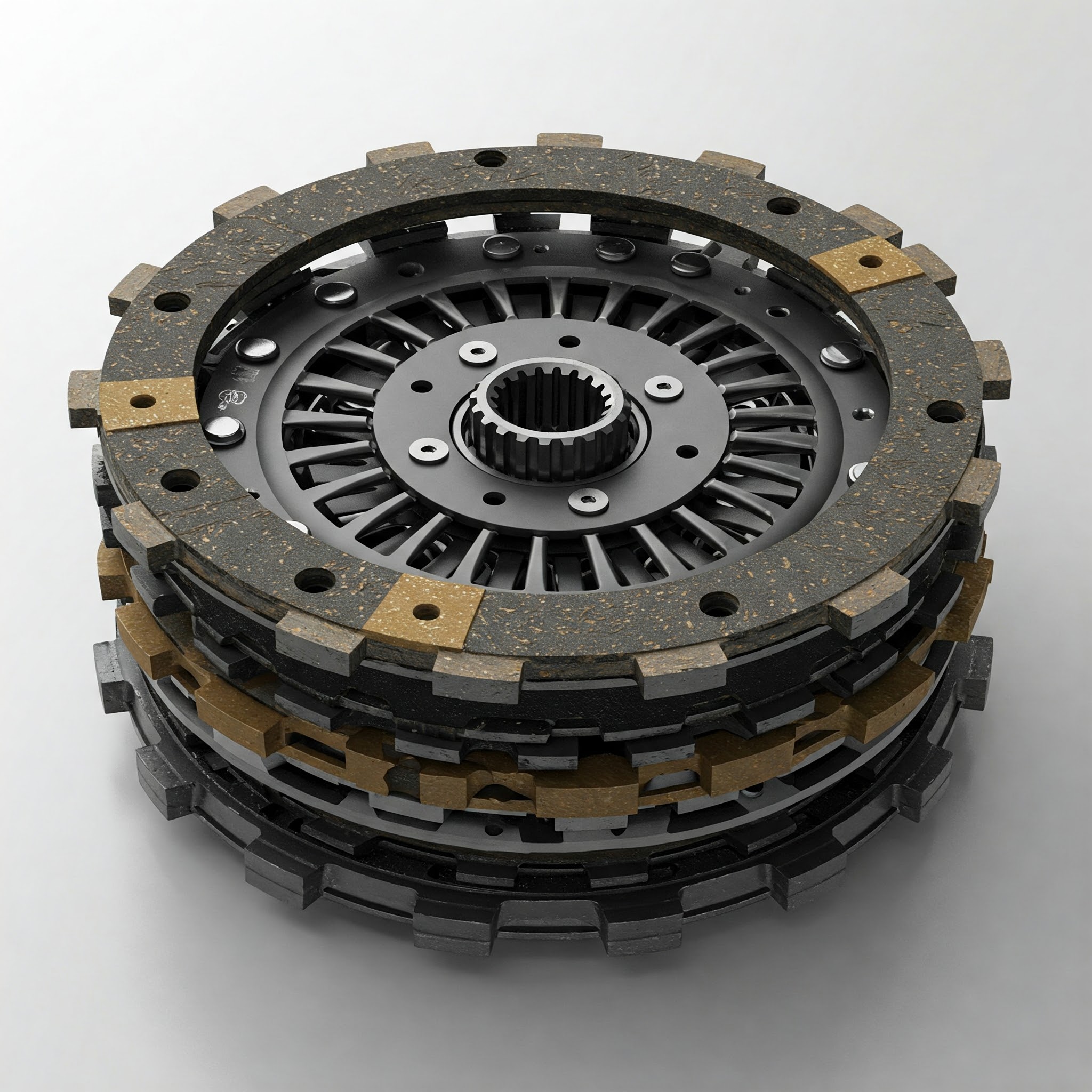If you are an avid car lover, then you would have definitely heard about the concept of pay as you drive car insurance which entitles you to pay the premium based on your car’s usage and driving habits.

Just a few weeks ago, IRDA has permitted insurance companies to launch telematics based pay as you drive insurance cover that permits them to link premium to mileage and quality of driving. Read on to know how much you can save with pay as you drive insurance.
What is pay as you drive insurance cover?
Pay as you drive insurance is an add-on cover that you can purchase along with your third party insurance cover which is mandatory as per the law. This type of insurance offers comprehensive coverage based on the distance covered by the car. The premium for this type of insurance is calculated based on the usage of the car.
The pay as you drive insurance cover works based on the usage declaration and the premium charged.
How does pay as you drive cover premium work?
The pay as you drive insurance cover works based on the premium linked to mileage and usage of the car. The buyer has to set a limit on the mileage based on which the insurance company will calculate the premium. The lower the limit, the higher the discount over the normal premium. The insurance company offers a slab wise option to the buyer based on which the premium calculation is done. The insurance coverage is valid only up to the limit chosen by the buyer.
IRDA has also proposed insurance companies to offer discounts on premium basis the quality of driving. A telematics device is fitted into the car which tracks the condition of the vehicle and driving habits of the user. The data is then interpreted to give discounts to responsible drivers. Through the device, tracking is made simple which enables insurance companies to penalize rash and negligent drivers.
One insurance company offers a 10% discount on a 7,500 km slab which is less attractive in comparison to a discount of 20-25% offered on a 2,500 km slab. However, the discount applies only to comprehensive coverage and not for third party or other add on covers. The buyers can switch to a car insurance policy with higher slab or even a regular unlimited policy if they end up driving more than the slab limit. The upgradation should be done before the threshold limit is exceeded because upgrading after a claim of mishap is not possible.
This, thus makes it a win-win situation both for the insurance company and the customer. Moreover, customers who own a car but don’t use it much also have to spend less in comparison to the premium they are paying, similar to that of other car owners.
The pay as you drive insurance cover will also help in boosting utility based insurance purchase and encourage safe driving habits.





